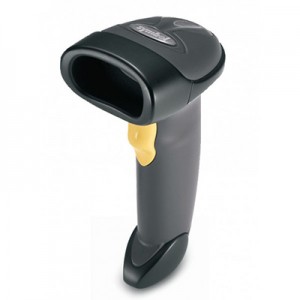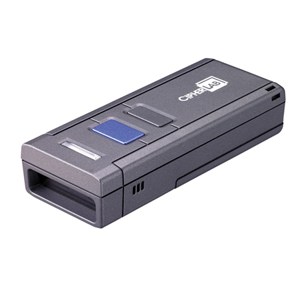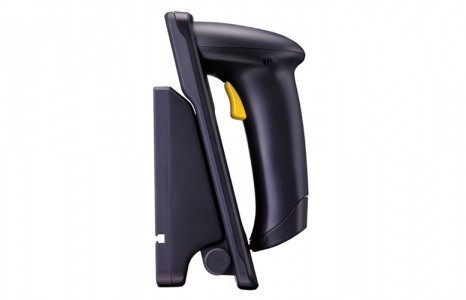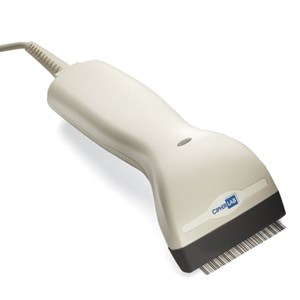How are codes stored and processed?
A scanner reads the code using light reflected from the code and a detector that senses the light and dark areas of the code. These physical characteristics are then processed into a code value, which is stored in data memory. If the reader is a scanner, the device it is attached to compares the value to a database and finds the item information.
If the device is a mobile computer, it compares the value to data it contains in its own memory, or sends it to a server via a network. The information is processed based on the application the device is used for, such as checkout, warehouse inventory, etc.
In summary, the code is scanned, interpreted into a value, then either transmitted to a computer for comparison to a database, or compared internally in the device. Finally, the data is processed by an application the data was originally intended for
Factors to decide which scanner is ideal for you.
• Types of barcodes you’ll be scanning, 1D or 2D
• Type of scanning technology, optical or laser
• Distance to the scanned object
• Physical environment
• Power consumption
• Ambient light and the size of the barcode
What are 1D and 2D Codes?

1D, or linear scanning, scans a line across a barcode, such as a UPC or Code 39 code, detecting the reflected light differences of the bars. The barcode is simply a number or combination of letters and numbers that is an index to an item in a database; the barcode itself has no intelligence.

2D, or matrix, codes are arranged in a grid and can carry additional data, such as a description, manufacturer, date of birth, delivery address, etc. Intelligence is often built into the 2D code. The reader in the scanner is classified as a 1D or 2D reader that uses either an optical imager or a laser.
How do lasers compare to optical imagers (CCD)?
Performance. For short distances indoors, both technologies perform equally well. Outdoors the laser technology is a better choice, because of the laser’s greater light intensity. For long distances, the laser is the only choice.
Function. Both technologies detect the reflected light intensity from the different characteristics of the target (barcode). Optical imager technology uses an LED (light emitting diode) to project light onto the target, while the laser uses a more intense laser beam. The scanning engine interprets the different reflected intensities as a code.
Laser

- A laser is an intense, focused point of light. So, the laser scanning engine uses a rotating mirror to create a laser line that scans across the barcode.
- A detector in the scanner senses the changes in light intensity at the exact light frequency of the laser. This filters out other light sources that can cause misreads.
- The rotating mirror may require more frequent service or repair.
CCD

- The optical imager scanning engine is constructed as an array of photo detectors (CCDs).
- An LED illuminates the code.
- A mirror inside the scanner gathers the reflected light from the code and projects it onto the CCD inside the scanner.
- With no moving parts, a CCD scanning engine requires little service.
Source: Cipherlab
